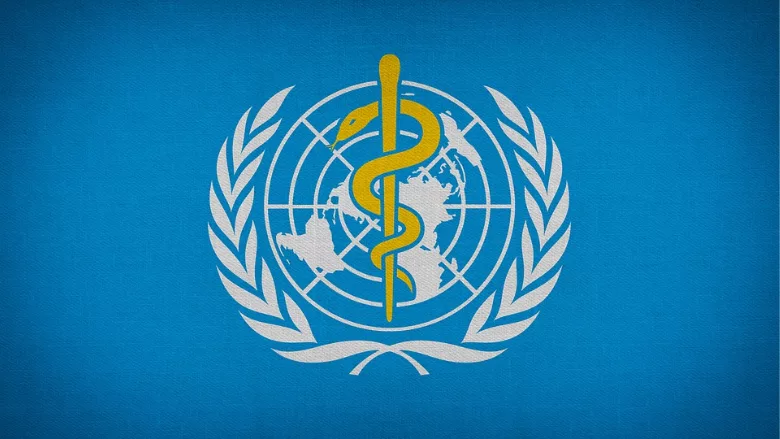WHO Launches Global Strategy for Food Safety 2022–2030

Credit: padrinan via Pixabay
On October 17, 2022, the World Health Organization (WHO) launched its Global Strategy for Food Safety 2022–2030, which was adopted in June. The strategy will guide and support WHO Member States in their efforts to prioritize, plan, implement, monitor, and regularly evaluate actions toward mitigating foodborne illnesses by strengthening food safety systems and promoting global cooperation.
The strategy addresses current and emerging food safety challenges, takes into consideration new technologies, and includes innovative approaches for bolstering food safety systems. Also reflected in the strategy is feedback received through a consultation process with Member States and governmental institutions, intergovernmental organizations, academia, non-governmental organizations, industry, and public health and food safety experts.
Outlined in the strategy are specific targets for reducing the global burden of foodborne illnesses, with the ultimate goal being a 40 percent decrease in cases of foodborne diarrheal diseases that disproportionately affect children under five years old and other vulnerable populations. The strategy also aims for 100 percent of functional coordination mechanisms to manage foodborne illness outbreaks and enhanced laboratory capacity for foodborne illness surveillance.
The updated strategy outlines five interlinked and mutually supportive strategic priorities:
- Strengthening national food controls systems
- Identifying and responding to food safety challenges that arise with the evolution of food systems
- Increasing the use of scientific evidence and risk assessments in decision-making
- Strengthening stakeholder engagement and risk communication
- Promoting food safety as an essential component of trade.
WHO and the members of its Technical Advisory Group on Food Safety are working on tools to complement the existing sources from WHO, FAO, and other organizations to support Member States in the implementation of the strategy.
Looking for quick answers on food safety topics?
Try Ask FSM, our new smart AI search tool.
Ask FSM →








